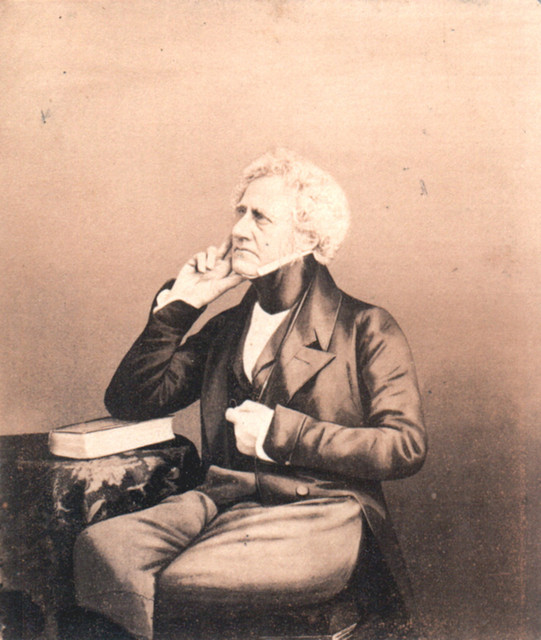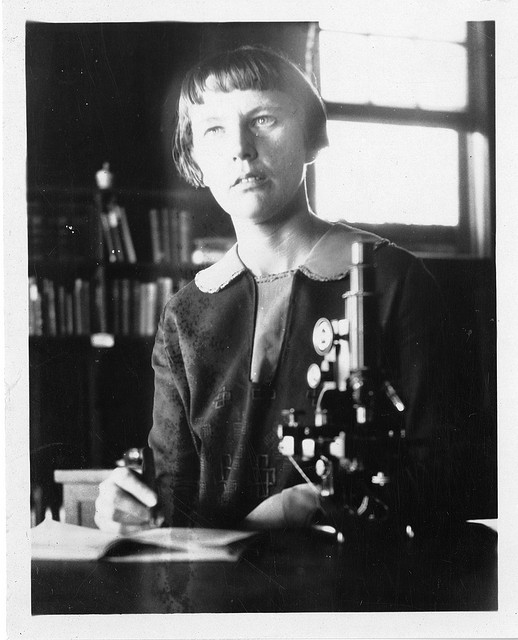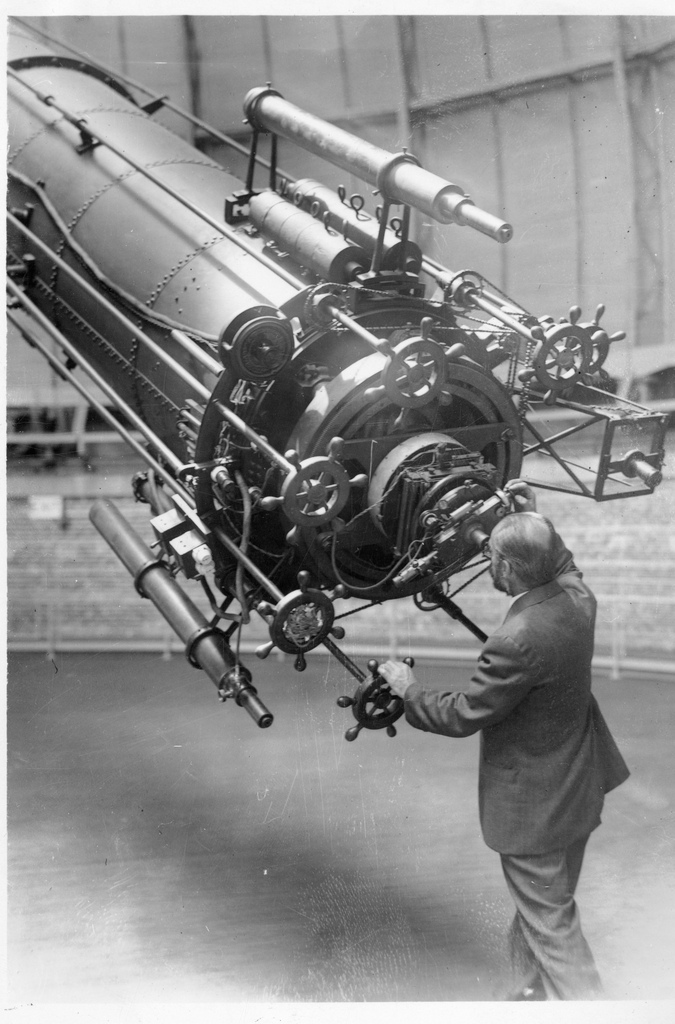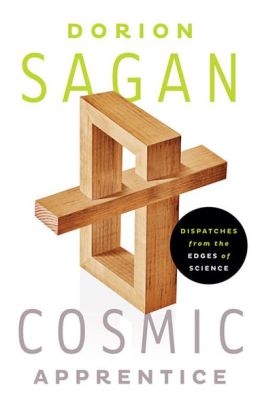![]() by Maria Popova
by Maria Popova
“A good scientific theory shines its light, revealing the world’s fearful symmetry. And its failure is also a success, as it shows us where to look next.”
As if to define what science is and what philosophy is weren’t hard enough, to delineate how the two fit together appears a formidable task, one that has spurred rather intense opinions. But that’s precisely what Dorion Sagan, who has previously examined the prehistoric history of sex, braves in the introduction to Cosmic Apprentice: Dispatches from the Edges of Science (public library) as he sets out to explore the intricate ways in which the two fields hang “in a kind of odd balance, watching each other, holding hands”:
The difference between science and philosophy is that the scientist learns more and more about less and less until she knows everything about nothing, whereas a philosopher learns less and less about more and more until he knows nothing about everything. There is truth in this clever crack, but, as Niels Bohr impressed, while the opposite of a trivial truth is false, the opposite of a great truth is another great truth.I would say that applies to the flip side of the above flip takedown: Science’s eye for detail, buttressed by philosophy’s broad view, makes for a kind of alembic, an antidote to both. This intellectual electrum cuts the cloying taste of idealist and propositional philosophy with the sharp nectar of fact yet softens the edges of a technoscience that has arguably lost both its moral and its epistemological compass, the result in part of its being funded by governments and corporations whose relationship to the search for truth and its open dissemination can be considered problematic at best.

Sagan refutes the popular perception of science as rationally objective, a vessel of capital-T Truth, reminding us that every scientific concept and theory was birthed by a subjective, fallible human mind:
All observations are made from distinct places and times, and in science no less than art or philosophy by particular individuals. … Although philosophy isn’t fiction, it can be more personal, creative and open, a kind of counterbalance for science even as it argues that science, with its emphasis on a kind of impersonal materialism, provides a crucial reality check for philosophy and a tendency to overtheorize that [is] inimical to the scientific spirit. Ideally, in the search for truth, science and philosophy, the impersonal and autobiographical, can “keep each other honest,” in a kind of open circuit. Philosophy as the underdog even may have an advantage, because it’s not supposed to be as advanced as science, nor does it enjoy science’s level of institutional support — or the commensurate heightened risks of being beholden to one’s benefactors.
Like Richard Feynman, who argued tirelessly for the scientist’s responsibility to remain unsure, Sagan echoes the idea that willful ignorance is what drives science and the fear of being wrong is one of its greatest hindrances:
Science’s spirit is philosophical. It is the spirit of questioning, of curiosity, of critical inquiry combined with fact-checking. It is the spirit of being able to admit you’re wrong, of appealing to data, not authority, which does not like to admit it is wrong.
In noting that a scientific theory must transcend the purely epistemological and reflect both pragmatic and aesthetic sensibilities, Sagan observes:
Some perspectives, some theories lead to many new questions, new devices, and enriched worldviews. They must be counted not just as true and productive but beautiful and stimulating, like poems or paintings, except that their medium is not pigments or words but our perception and intellection.
Sagan reflects on his father’s conviction that “the effort to popularize science is a crucial one for society,” one he shared with Richard Feynman, and what made Carl’s words echo as profoundly and timelessly as they do:
Science and philosophy both had a reputation for being dry, but my father helped inject life into the former, partly by speaking in plain English and partly by focusing on the science fiction fantasy of discovering extraterrestrial life.

In that respect, science could learn from philosophy’s intellectual disposition:
Philosophy today, not taught in grade school in the United States, is too often merely an academic pursuit, a handmaiden or apologetics of science, or else a kind of existential protest, a trendy avocation of grad students and the dark-clad coffeehouse set. But philosophy, although it historically gives rise to experimental science, sometimes preserves a distinct mode of sustained questioning that sharply distinguishes it from modern science, which can be too quick to provide answers.[…]Philosophy is less cocksure, less already-knowing, or should be, than the pundits’ diatribes that relieve us of the difficulties of not knowing, of carefully weighing, of looking at the other side, of having to think things through for ourselves. Dwell in possibility, wrote Emily Dickinson: Philosophy at its best seems a kind of poetry, not an informational delivery but a dwelling, an opening of our thoughts to the world.

Like Buckminster Fuller, who vehemently opposed specialization, Sagan attests to the synergetic value of intellectual cross-pollination, attesting to the idea that true breakthroughs in science require cross-disciplinary connections and originality consists of linking up ideas whose connection was not previously suspected:
It is true that science requires analysis and that it has fractured into microdisciplines. But because of this, more than ever, it requires synthesis. Science is about connections. Nature no more obeys the territorial divisions of scientific academic disciplines than do continents appear from space to be colored to reflect the national divisions of their human inhabitants. For me, the great scientific satoris, epiphanies, eurekas, and aha! moments are characterized by their ability to connect.
“In disputes upon moral or scientific points,” advised Martine in his wonderful1866 guide to the art of conversation, “ever let your aim be to come at truth, not to conquer your opponent. So you never shall be at a loss in losing the argument, and gaining a new discovery.” Science, Sagan suggests — at least at its most elegant— is a conversation of constant revision, where each dead end brings to life a new fruitful question:
Theories are not only practical, and wielded like intellectual swords to the death … but beautiful. A good one is worth more than all the ill-gotten hedge fund scraps in the world. A good scientific theory shines its light, revealing the world’s fearful symmetry. And its failure is also a success, as it shows us where to look next.

Supporting Neil deGrasse Tyson’s contention that intelligent design is a philosophy of ignorance, Sagan applies this very paradigm of connection-making to the crux of the age-old science vs. religion debate, painting evolution not as a tool of certitude but as a reminder of our connectedness to everything else:
Connecting humanity with other species in a single process was Darwin’s great natural historical accomplishment. It showed that some of the issues relegated to religion really come under the purview of science. More than just a research program for technoscience, it provides a eureka moment, a subject of contemplation open in principle to all thinking minds. Beyond the squabbles over its mechanisms and modes, evolution’s epiphany derives from its widening of vistas, its showing of the depths of our connections to others from whom we’d thought we were separate. Philosophy, too … in its ancient, scientifico-genic spirit of inquiry so different from a mere, let alone peevish, recounting of facts, needs to be reconnected to science for the latter to fulfill its potential not just as something useful but as a source of numinous moments, deep understanding, and indeed, religious-like epiphanies of cosmic comprehension and aesthetic contemplation.
The essays in Cosmic Apprentice go on to explore such inevitably captivating subjects as our sense of identity, the nonlinearity of time, and the ethical dilemmas of biopolitics.
